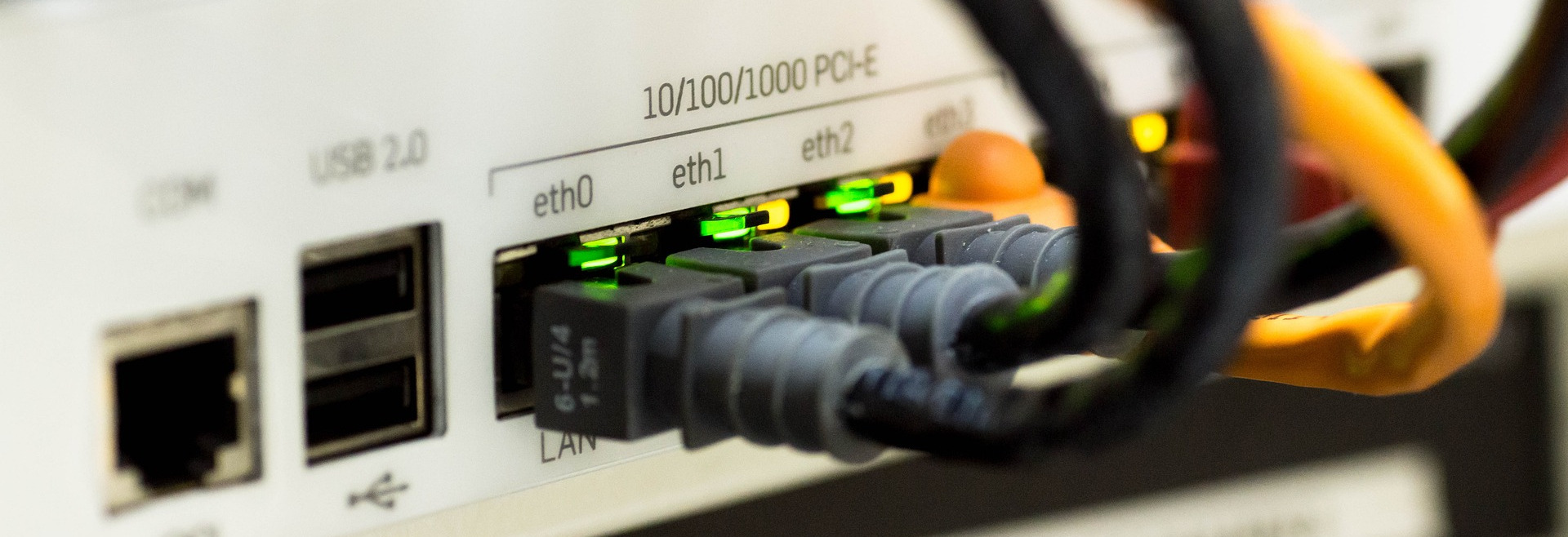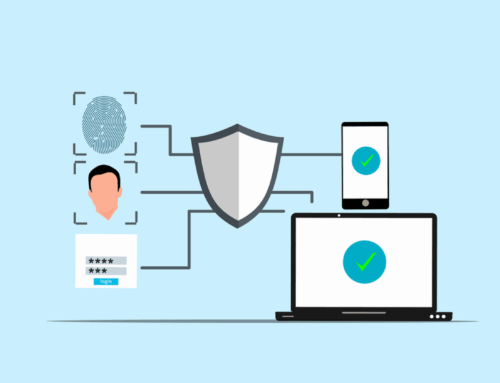As digital adoption continues to transform the way business is done from both an employee and customer perspective, the technology landscape for most enterprise organizations is getting more complex by the day. With the proliferation of hybrid clouds, SD-WAN, and a plethora of connected devices and digital platforms, it’s becoming increasingly challenging to ensure end-to-end security is in place.
To that end, IT leaders need to focus on implementing integrated network and security solutions to connect users, devices, and partners to applications and data within the public cloud and private data centers across the globe. The complexities are quite unprecedented.
As IT and security continue to converge, unfortunately, the teams needed to do the work are still facing significant talent shortages. The 2021-2023 Gartner Report on Emerging Technology Roadmap for Large Enterprises showed that computer infrastructure and platform services, network, security, digital workplace, and IT automation are among the key technology areas impacted by IT talent shortages. IT teams simply don’t have the staff or knowledge to manage all of the new complexities that are being thrown at them.
IT leaders are still finding it a challenge to strike the right balance between business innovation and operational excellence.
In fact, according to the 2022 State of the CIO report from Foundry, IT leaders are still finding it a challenge to strike the right balance between business innovation and operational excellence. Beyond all the specific technology, security, and talent hurdles, the biggest challenge for IT organizations and CIOs is to keep up with the frenetic pace and escalating set of responsibilities and demands without burning out.
CEOs’ Top Priorities for IT in 2022
- Upgrade IT and data security to reduce corporate risk
- Lead digital business/digital transformation initiatives
- Strengthen IT and business collaboration
Network Connectivity That Scales
No two companies are alike when it comes to connectivity needs. Usage, applications, latency toleration, data streaming, and storage, as well as branch location needs, differ from organization to organization and even location to location within the same business. Network connectivity needs to be able to easily scale up to support an organization’s specific requirements.
For this reason, many IT leaders will include a mix of fiber, wireless, cable, and DSL for optimal broadband. Because of the inherent complexities of managing multiple network connections, IT leaders may consider a managed services provider to help optimize connectivity across the business to provide a dynamic and flexible network.
As more enterprises continue to support hybrid workforces and cloud migration, critical data and applications are also moving out of the traditional data center to the edge. As security perimeters evolve, every access point and network element becomes a potential risk for a security breach. The basic firewall functionality may not be enough to help protect enterprise networks. Some organizations are better served by using an SD-WAN solution that integrates security into the network functionality.
Connectivity and Security, Better Together
Planning ahead, IT decision makers need to rethink their approach to traditional networking and security practices. And as they continue to incorporate technologies like AR/VR, real-time video streaming, and AI/ML to enhance their interactive customer experiences, it becomes even more crucial to integrate security into networking due to the increased vulnerabilities brought on by the proliferation of endpoints and data. This growing importance and rapid evolution of networks beyond traditional perimeters are driving IT leaders to re-calibrate how best to integrate networks and security.
What to Look for in a Managed Service Partner
Focus on business results
Look for a partner who not only wants to provide the best service, but provide the right service to help you meet your business goals.
Support for both network and security
As network and security become more integrated, having an MSP that can support on both fronts is ideal.
24/7/365 remote monitoring and management
The need for reliable connectivity and security brings with it the need for 24/7/365 threat monitoring and response.
Advanced security, real-world expertise
The current skills gaps and ever-evolving threat landscape increase the need for a partner that has the expertise, without a learning curve.
Ability to service both legacy and modern systems
As enterprises modernize, the need to integrate and service legacy systems remain.
The complexities of today’s IT environments are challenging for even the most seasoned and well-staffed teams. Your network needs to be connected and protected, so you can focus on delivering value to your business.





